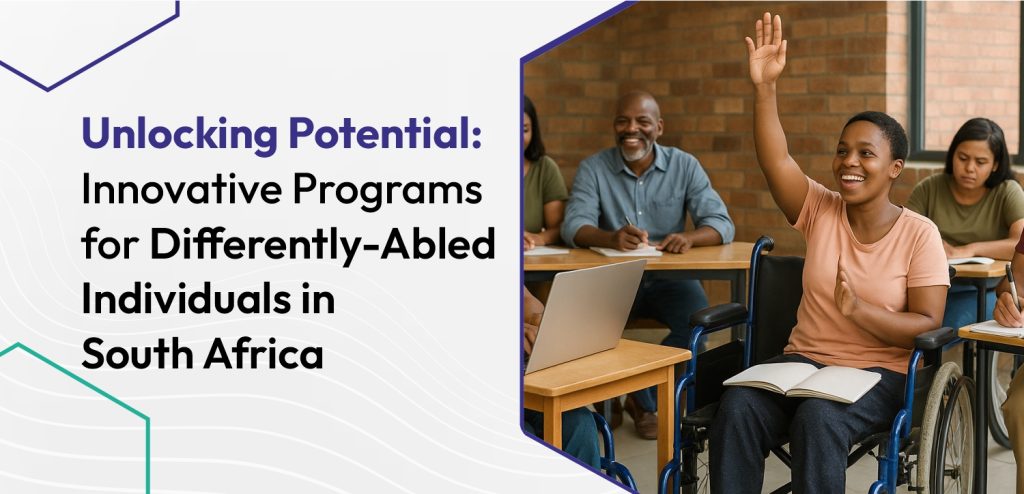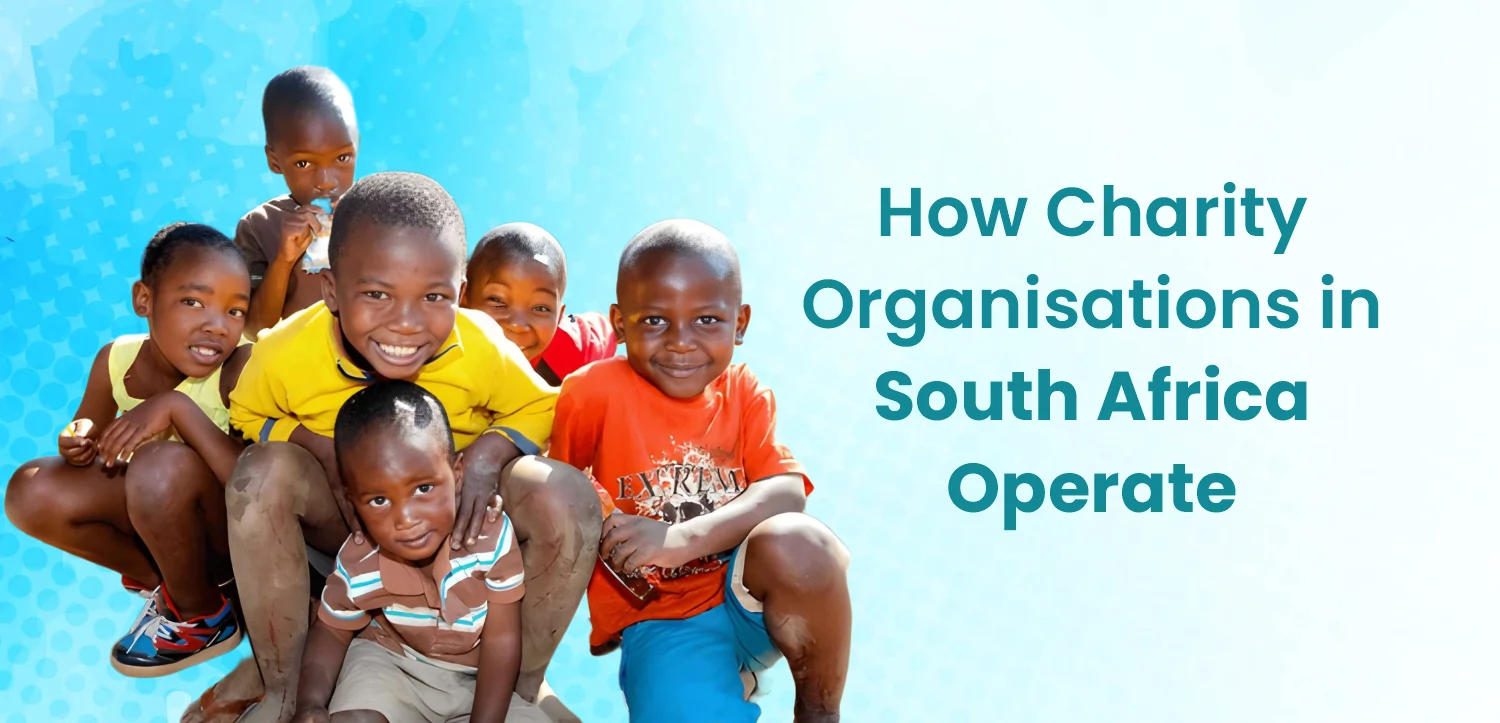Every individual carries within them a unique set of strengths, talents, and possibilities waiting to be nurtured. For differently-abled individuals, the journey to unlock this potential often comes with additional challenges due to societal barriers, limited opportunities, or lack of awareness. However, the last few decades have witnessed a remarkable shift: innovative programs and initiatives are paving the way for empowerment, inclusivity, and independence. These programs not only focus on skill development but also foster confidence, dignity, and self-reliance.
In this blog, we explore some of the most impactful and forward-thinking programs designed to help differently-abled individuals live meaningful, fulfilling lives.
Innovative Programs for Differently-Abled Individuals
1. Skill Development and Vocational Training
One of the key steps toward empowerment is providing opportunities for differently-abled individuals to learn employable skills. Vocational training programs have emerged as powerful tools that open doors to financial independence and self-esteem.
Institutions and NGOs now design specialized courses that cater to different abilities, such as tailoring, computer literacy, digital marketing, handicrafts, baking, and even IT-enabled services. For example, many centers provide training in operating assistive technologies so that visually impaired individuals can excel in fields like telemarketing, transcription, or teaching.
By equipping differently-abled individuals with industry-relevant skills, these programs not only make them employable but also challenge long-standing stereotypes about dependency.
2. Inclusive Education Programs
Education is a right, not a privilege. Yet, historically, children with disabilities often faced exclusion from mainstream schooling. Today, inclusive education programs are bridging this gap by ensuring that classrooms become accessible and adaptable.
These initiatives integrate differently-abled students into regular schools with the help of resource teachers, adaptive curriculum, and assistive devices. Such an environment allows children to learn alongside peers, fostering empathy, understanding, and acceptance from an early age. Schools adopting inclusive education also provide psychological support, speech therapy, or occupational therapy to meet each child’s needs.
The result is a generation of empowered young minds who grow with confidence and feel equally valued in society.
3. Technology and Assistive Innovations
Technology has proven to be one of the greatest enablers for differently-abled individuals. From screen readers for the visually impaired to hearing aids, smart wheelchairs, and speech-generating devices, innovations have drastically improved accessibility.
For instance, mobile apps designed with accessibility features allow users to navigate cities, read printed texts aloud, or even communicate in sign language. Artificial Intelligence (AI) is playing a growing role, with tools like real-time transcription for the hearing-impaired or AI-powered prosthetics that mimic natural movements.
Such technological interventions not only enhance independence but also help individuals integrate seamlessly into workplaces, educational institutions, and everyday life.
4. Employment and Entrepreneurship Support
Finding meaningful employment is often one of the biggest challenges for differently-abled individuals. Innovative employment programs are now working with companies to create inclusive workplaces. Corporates are encouraged to adopt diversity hiring practices, provide workplace accommodations, and offer sensitivity training to employees.
Some organizations go a step further by supporting differently-abled entrepreneurs. Programs that provide seed funding, mentorship, and access to markets empower individuals to start their own businesses, whether in retail, handicrafts, or digital services. These initiatives are particularly important in shifting perspectives—showcasing differently-abled individuals as contributors and leaders, not just recipients of aid.
5. Sports and Cultural Programs
Physical activity, arts, and cultural participation are powerful platforms for building confidence and community engagement. Adaptive sports programs, such as wheelchair basketball, para-swimming, or blind cricket, allow differently-abled individuals to showcase their talent, determination, and resilience on national and international stages.
Similarly, cultural initiatives like dance, music, theater, or painting workshops give individuals a creative outlet for expression. Many NGOs and organizations host inclusive cultural festivals where differently-abled artists perform alongside others, sending a powerful message of equality and creativity without boundaries.
These programs break social stigma, inspire spectators, and highlight the immense capabilities of differently-abled individuals.
6. Community-Based Rehabilitation (CBR) Programs
In many rural and underprivileged areas, differently-abled individuals face double challenges—lack of resources and societal neglect. Community-Based Rehabilitation (CBR) programs have been introduced to address these issues directly at the grassroots level.
CBR focuses on health, education, livelihood, social inclusion, and empowerment, with the active participation of families and communities. By bringing rehabilitation to the doorstep, these programs ensure that differently-abled individuals in remote areas are not left behind. They also work to sensitize local communities, reducing stigma and promoting collective responsibility for inclusion.
7. Mental Health and Counseling Initiatives
While physical and educational support is essential, addressing the emotional and psychological well-being of differently-abled individuals is equally important. Many innovative programs now integrate counseling services, peer support groups, and therapy sessions to help individuals navigate challenges such as anxiety, self-doubt, or social isolation.
Programs focusing on family counseling also help parents and caregivers understand how to provide better support, creating a nurturing environment at home. This holistic approach ensures that differently-abled individuals feel mentally strong and resilient as they pursue their goals.
Looking Ahead: Building a Truly Inclusive Future
The success of these programs highlights a critical truth: differently-abled individuals are not limited by their disabilities but by the barriers created by society. By investing in skill development, inclusive education, technology, employment, cultural participation, and mental health, we can create an environment where everyone thrives.
It is also vital for governments, private organizations, NGOs, and communities to work together. Policies need to be backed by practical implementation, workplaces must embrace inclusivity, and society at large must shift its perception from charity to empowerment.
When innovative programs are combined with empathy and equal opportunity, we do more than just provide support—we unlock hidden potential, transform lives, and build a world where every individual, regardless of ability, can contribute with dignity and pride.








